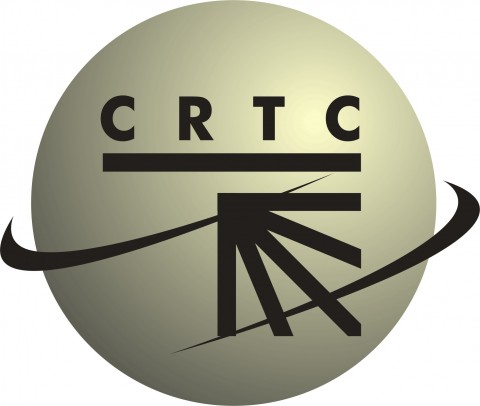
OTTAWA – The CRTC has established an appropriate quality of service (QoS) metric for jitter as it continues to define the broadband portion of the universal service objective.
The Commission said Tuesday that in order to define fixed broadband Internet access service as a high-quality service, it must meet, among other things, a jitter threshold of 5 milliseconds, measured using specific predefined methodology.
The threshold would be measured during peak times (i.e. from 7 p.m. to 11 p.m. local time on weekdays), and from the modem at the customer premises to a server located off-net at the Internet exchange point in a Canadian Tier 1 city.
“A high level of jitter can cause visible and audible effects, which negatively impact end-users’ experiences, such as video pixilation, sound distortion, or delays in loading Web pages,” reads the decision. “The evidence on the record of this proceeding indicates that if a broadband service connection has a high jitter rate, low latency alone or the ability of applications to use buffering will not enable the provision of a high quality of broadband service to end-users. There is a limit to how much buffering can be applied to QoS-critical applications before delays due to buffering start negatively affecting a broadband user’s experience. Consequently, and as the Commission determined in Telecom Regulatory Policy 2016-496, a jitter QoS threshold, in addition to latency and packet loss thresholds, is required to ensure that end-users receive a high quality of fixed broadband Internet access service.”



